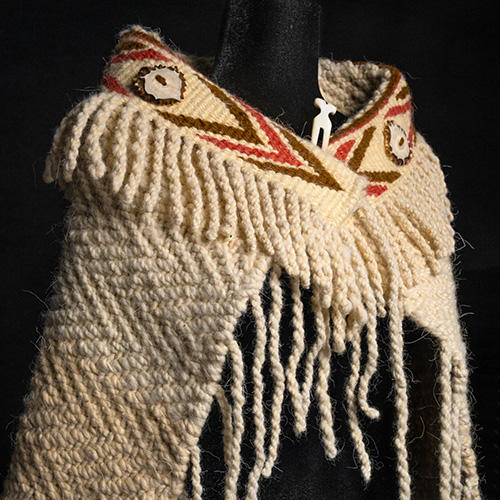UW students interested in studying American Sign Langauge have had to look elsewhere for courses—until now. As of Autumn Quarter 2007, the UW Department of Linguistics is offering a course in American Sign Language (ASL), with a full-time lecturer teaching two sections of ASL each quarter.
“Linguistics is a natural home for ASL,” says Julia Herschensohn, professor and chair of the Department of Linguistics. Herschensohn points out that the department has previously offered a course on the structure of sign language—focusing on ASL’s linguistic properties—and several students have completed ASL-related dissertations.
Herschensohn credits Richard Ladner, a UW computer science professor and adjunct professor of linguistics whose parents were deaf, with spearheading the effort to offer ASL courses at the UW. “It has been a personal mission of his,” she says. “He’s really been the force behind this.”
The ASL courses are being funded by the Provost’s Office and the College of Arts and Sciences, with additional program support from The Norcliffe Foundation and Ladner.
The response from students has been overwhelming. The two sections of ASL offered during Autumn Quarter—each limited to 22 students—filled immediately, with more than 300 students on the waiting list.
In addition to the ASL course, an Introduction to Deaf Studies course will be offered during Spring Quarter 2008. ASL is not a prerequisite for that class, which will include guest lecturers from the deaf community.
“Students are hungry for these classes,” says Herschensohn. “There has been a real need for this.”
More Stories

Need a break from holiday movies? Try these
For those wanting a break from holiday movies, Cinema & Media Studies faculty and grad students offer suggestions.

A "gesture" to jump-start careers
To prepare students for professional success, the UW College of Arts and Sciences offers “gesture,” a mock startup company where student interns gain skills that employers seek.

Coast Salish Traditions are "Woven in Wool" at the Burke
A Burke Museum exhibit, co-curated by Coast Salish weavers and Burke curators, highlights the importance of weaving to Coast Salish communities.